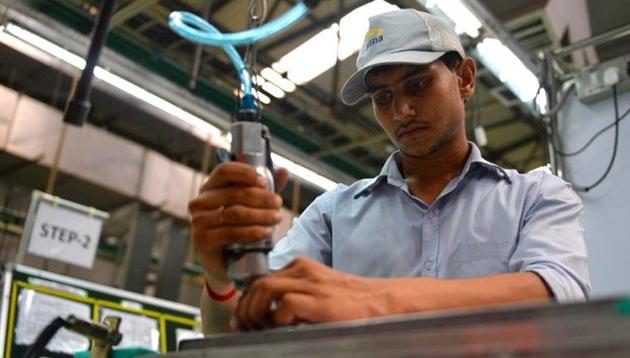Where are the jobs? Being in denial over unemployment woes won’t help Modi govt
To begin with, it is imperative that the government and the ruling coalition acknowledge the challenge, and not be dismissive about it. Ambiguous expressions such as “promoting self-employment” do not help.
It is difficult to disagree when BJP president Amit Shah says it’s impossible to provide jobs to everyone in a country of 1.25 billion people. It is also equally absurd to agree with him that reports of rising unemployment are a media creation. The reports are based on the findings of the government’s own surveys and disclosures made by companies, either through earnings reports or official statements, which suggest that the pace of job creation in India slowed over the past decade. And there has been no perceptible change in the trend even after Prime Minister Narendra Modi took charge of the nation in 2014. Shah should know playing down the employment challenge will be repeating the mistake the previous UPA regime made, in ignoring the downside risks to the India growth story of its time.

So, what really is the scale of this challenge?
In a seminal paper titled Employment, Education and the State, economist Sudipto Mundle sums it up well: India’s core labour force, estimated at about 430 million, is growing 1.5% annually, which means it will add six to eight million young workers each year over the next decade or so. In addition, there are around 13 million openly unemployed, 52 million underemployed and another 52 million, mostly women, who are not in the labour force due to lack of adequate opportunities. In other words, there is a backlog of 117 million people. If this backlog is to be cleared over the next 15 years and the new entrants joining the labour force every year are to find employment, India will need to add 15 million new jobs annually. That is the scale of the employment challenge India faces today.
There are no easy answers to this monumental challenge; nor will it be prudent to expect quick results even if the right answers were found.
To begin with, it is imperative that the government and the ruling coalition acknowledge the challenge, and not be dismissive about it. Ambiguous expressions such as “promoting self-employment” do not help. If the government and businesses find comfort in pursuing policies that displace labour or have a bias against creating new jobs, it affects prospects of all kinds of employment, including self-employment. That is how it has been, all these years. It is time the government moved to correct the course.
It is also important that we move beyond focusing on headcount growth to the quality of jobs that get created. According to the Labour Bureau data, only 15% of India’s workforce in 2015-16 had a monthly income of Rs 10,000 or more. In other words, 85% workers struggle to survive in a low productivity-low wage trap. Creating opportunities for them to climb up the productivity chain is one challenge and enabling them to cash in on the new opportunities is another.
Prime Minister Modi’s Skill India plan seeks to address the latter, by training 400 million workers in the age group of 15-45 years over a seven-year period. The outcome so far has been disappointing, however. Out of 1.8 million people, who received training in the first two years of this programme, only a third could be certified and less than 82,000 were placed in jobs. The reason for this dismal show is not difficult to find. As Mundle, an emeritus professor at the government-administered National Institute of Public Finance and Policy, explains: No amount of skill development can work without a solid foundation in basic education. India’s long neglect of the education system is coming back to haunt its economic ambitions.
With a majority of states under its control and the political dominance it commands now, Modi’s National Democratic Alliance has a unique opportunity to change the course.
Rajesh Mahapatra is chief content officer, Hindustan Times. He tweets @RajeshMahapatra





